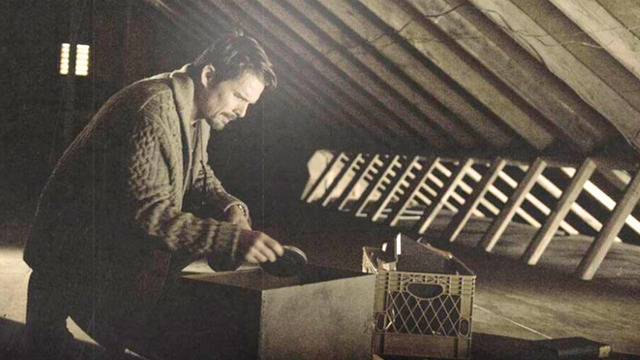What Is a Reel to Reel Tape?
Long before streaming and cassettes, there was reel to reel tape—a magnetic audio format treasured for its rich sound quality. Common in studios and among serious audiophiles from the 1940s to the 1980s, these tapes recorded everything from radio broadcasts to family voice letters and personal music recordings.
Each reel holds a ribbon of analog tape that wraps around two spools and plays on a reel to reel player. Unlike cassettes, they don’t come enclosed—making them more fragile and more fascinating to handle.
Not to be confused with film reels: Reel to reel audio tape looks similar to movie film reels but serves a different purpose. Instead of capturing visual scenes, these audio reels only record sound on magnetic tape. Both formats degrade with time, so consider converting 8mm film to digital if you have home movie reels.
Why Reel to Reel Tapes Degrade
Reel to reel tape is vulnerable to:
- Magnetic loss – Weakening audio fidelity
- Sticky shed syndrome – Caused by binder breakdown
- Mold and dust – Especially in humid environments
- Playback damage – Old players may misalign or snag the tape
These tapes weren’t made to last this long, and each passing year increases the risk of permanent data loss. Learn how to convert reel to reel to digital before it’s too late.

Why You Should Digitize Audio Reels Now
Magnetic media such as audio reels were never meant to last forever. According to the U.S. National Archives, magnetic audio tape is especially vulnerable to “binder breakdown,” where the material holding the magnetic particles together deteriorates over time, leading to signal loss and eventual playback failure. That's why the Library of Congress (LOC) is urging families and institutions to digitize magnetic media now—before those irreplaceable sounds are permanently lost.
What Audio Reel Formats Can Be Digitized?
Reel to reel tapes come in several sizes and speeds. Most services can handle:
- ¼-inch open reel
- 2-track and 4-track stereo
- Speeds from 1⅞ to 15 ips
If you’re not sure what you have, don’t worry—a professional audio reel to digital service can identify the format and handle the rest.
From Garage Finds to Golden Archives
Many families uncover these tapes in attics or garages—often labeled in shaky handwriting with names of grandparents, band performances, or interviews with long-passed relatives. Listening again brings their voices back to life.
If you’re lucky enough to find one, don’t toss it aside. Instead, find a reputable digitizing service like Heirloom to preserve everything into a digital vault for your memories. Unlike DVDs that fade or get scratched, cloud storage keeps your memories safe and streamable across generations.

FAQ: People Also Ask
How long do reel to reel tapes last?
Reel to reel tapes can last 30–50 years, but their lifespan depends on storage conditions. Heat, humidity, and frequent playback can cause deterioration over time.
Why do reel to reel tapes lose sound quality?
Magnetic tape naturally degrades. Over time, oxide shedding, binder breakdown, and print-through reduce clarity and may cause dropouts in the audio.
Can old reel to reel tapes be repaired?
Minor issues like splicing broken tape or replacing reels can be fixed, but physical repairs don’t stop ongoing degradation. Digitizing preserves the audio permanently.
What is the best way to preserve reel to reel audio?
The most effective way is to digitize the tapes using professional equipment. This captures the original sound quality and prevents further loss from aging tapes.
Can I digitize reel to reel tapes at home?
It’s possible with a working tape deck and audio interface, but results vary. Professional digitizing services like Heirloom ensure cleaner transfers and long-term preservation.
Recommended Next Reads
Cassette Tape Conversion Guide: Audio and Video Formats Explained
Minimalism Isn’t Just Aesthetic—It’s How You Protect What Matters
Memorex Cassette: How to Digitize Your Tapes with Care
Microcassette to Digital: How to Rescue Tiny Tapes with Big Value
What Is Nostalgia? The Science and Magic Behind Nostalgic Memories
📧 Want more tips like this?
Subscribe to Heirloom emails to learn how to preserve your priceless memories. Get discount codes for expedited shipping, quality digitizing, and secure cloud storage. We never spam, and it’s easy to unsubscribe at any time.


